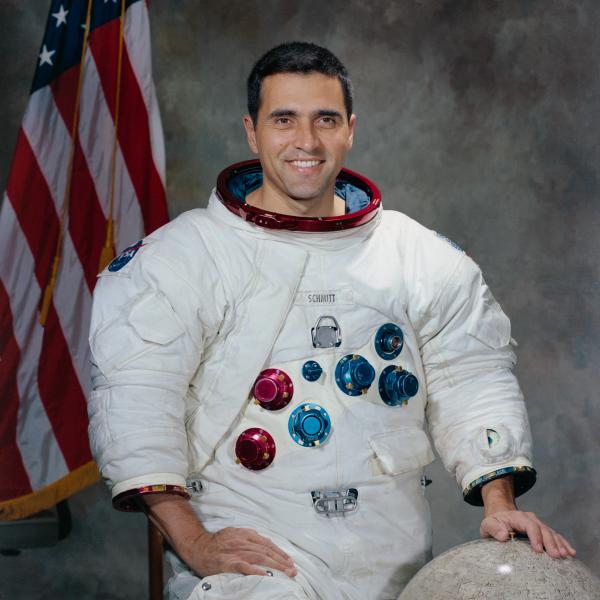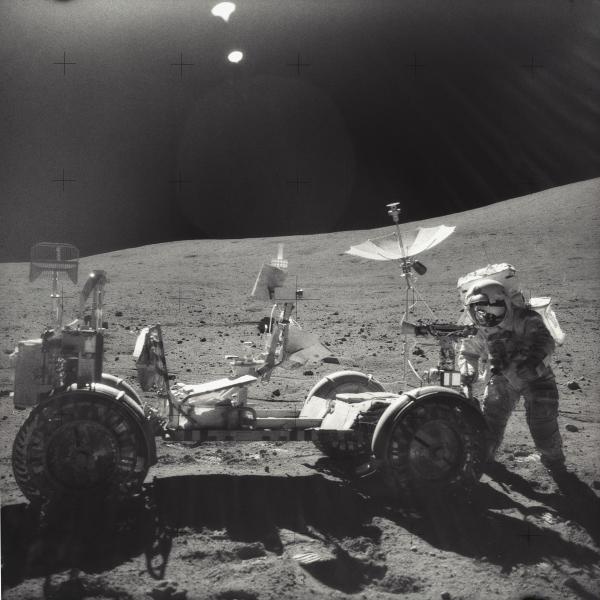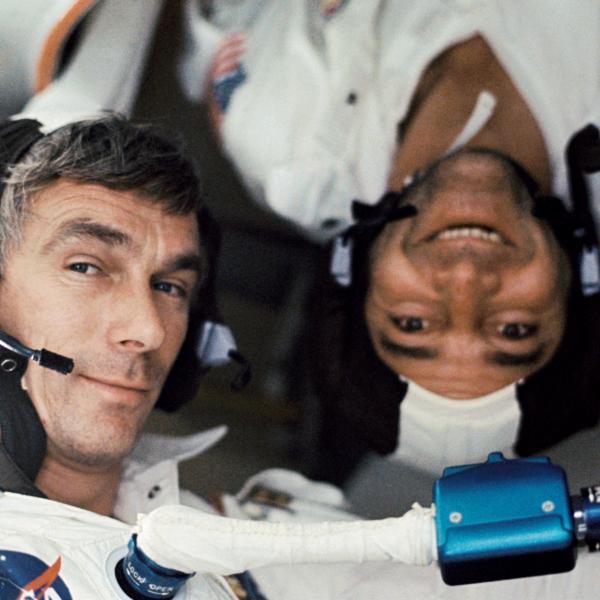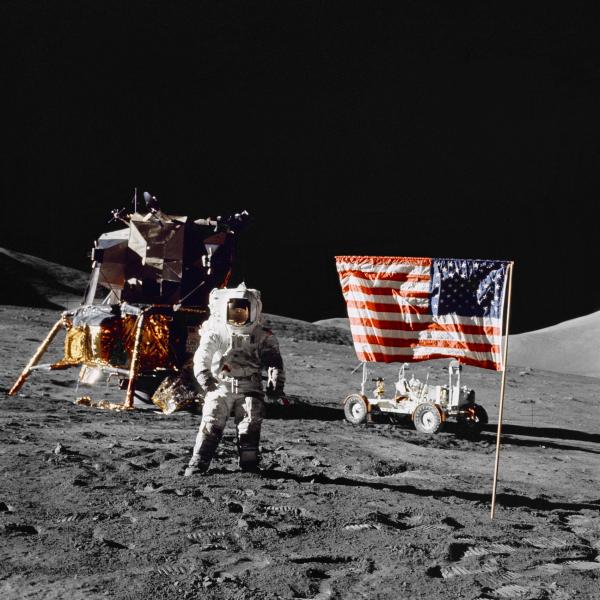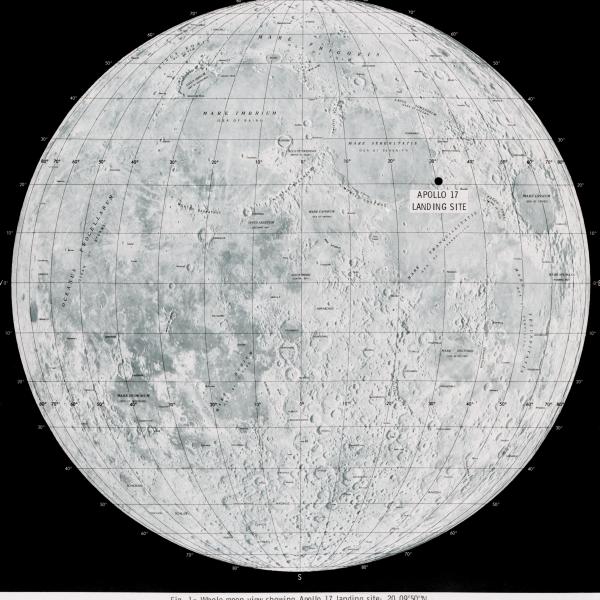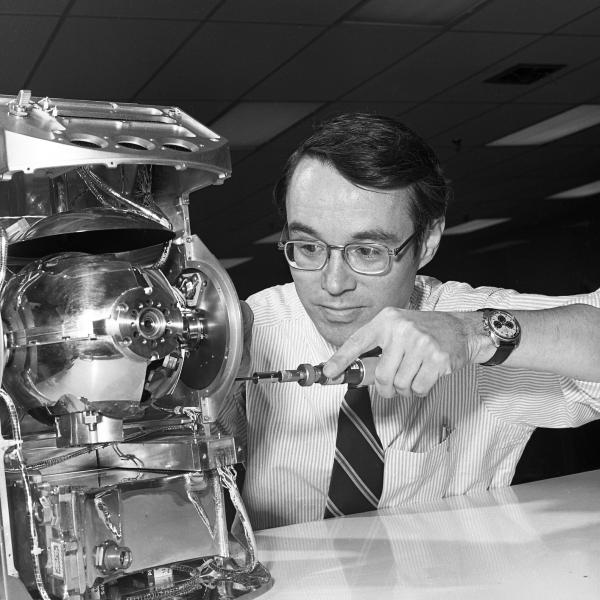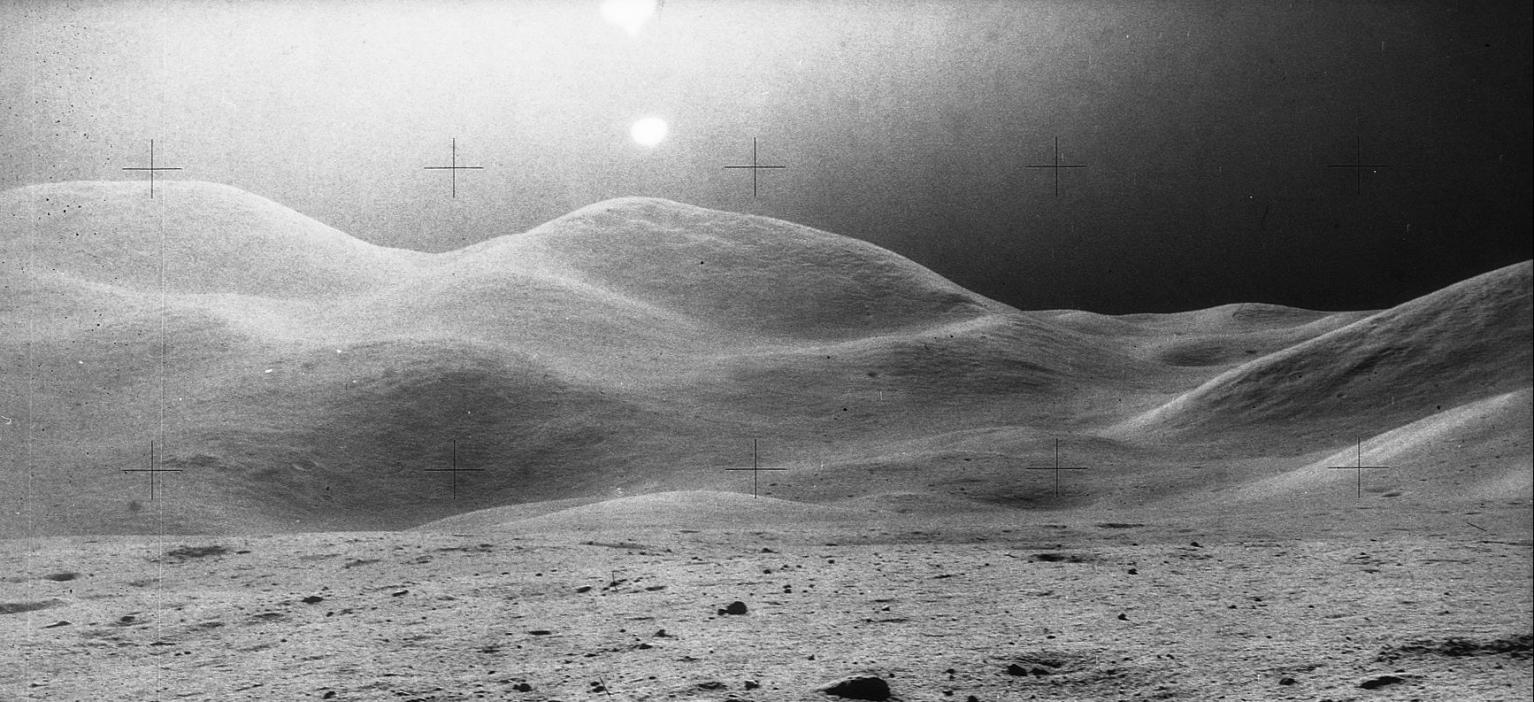
What the Moon Mission Rocks Revealed
Is the moon made of cheese...or lava?
Imagine gazing up at the moon and seeing a violent volcanic world covered in magma instead of the sweet, quiet glow we see every night. Billions of years ago, that's what it was. Since early humans studied the stars, the moon has been a source of curiosity. Before the Apollo missions and moon landing, no one really knew what the surface of the moon would be like. For all anyone knew, it was made of cheese!
Why did we want to know so much about the moon? The moon’s history is preserved on its surface so understanding how it formed can help us to figure out more of the Earth’s origin and what it means for our future. This is why understanding the geology of the moon was one of the major goals of the Apollo Program. In July of 1965, the National Academy of Sciences Space Science Board proposed fifteen points of interest for lunar exploration including lunar surface composition, tectonic patterns and activity, age, surface erosion, and a history of Earth-Moon interactions. The moon landing sites were carefully selected to discover as much as possible about these points.
The experiments conducted during the Apollo Program and the resulting data have revolutionized our knowledge of the moon and of planetary science. We learned that the Moon is not primordial, but evolved over time and has internal zones that resembles Earth’s like the crust and core. Similar compositions in rocks proves that the Earth and moon are made up of similar material, but when it comes to life, the earth and moon are different. The moon has no evidence of organic compounds which are critical elements needed to form an atmosphere and water and thus support life. But there is a valuable asset up there we'd love to have more of here on earth, Helium-3, a clean energy source and scientists are eager to return to the lunar surface to mine it.
We also learned that the surface of the moon used to be covered in magma as astronauts brought back volcanic soil and rocks, evidence of volcanic activity. The moon’s history can be traced by analyzing samples. The youngest moon rocks, at 3.2 billion years old, are still older than any rock on Earth's surface due to Earth's atmospheric erosion and tectonic plates recycling the old rock to make new ones. A complete understanding of Earth’s geologic evolution may rely on a return trip to the lunar surface, though it’s been about fifty years since man's last moon landing.
When President Kennedy declared that America was going to land a man on the moon by the end of the decade, he was thinking more of the Space Race and the technological advances it would bring. He never could have imagined the wealth of knowledge we've learned about not only the moon’s history, but Earth’s as well. Thanks to the tireless space engineers and brave astronauts of the Apollo program who chose to go to the moon not because it was easy, but because it was hard, we know a ton more about our closest neighbor.
